Blog
Posts from our team
Latest

The "Beyond Code" Future
The Future Isn't Programmed. It's Grown.
10 August 2025
Over the last six posts, we've journeyed from the artisanal era of assembly code to the generative magic of LLMs. We've seen how each step in the evolution of software creation has increased our power, but also revealed new limitations—from the rigidity of traditional architecture, to the "glass ceiling" of Low-Code, to the contextual blindness of AI.
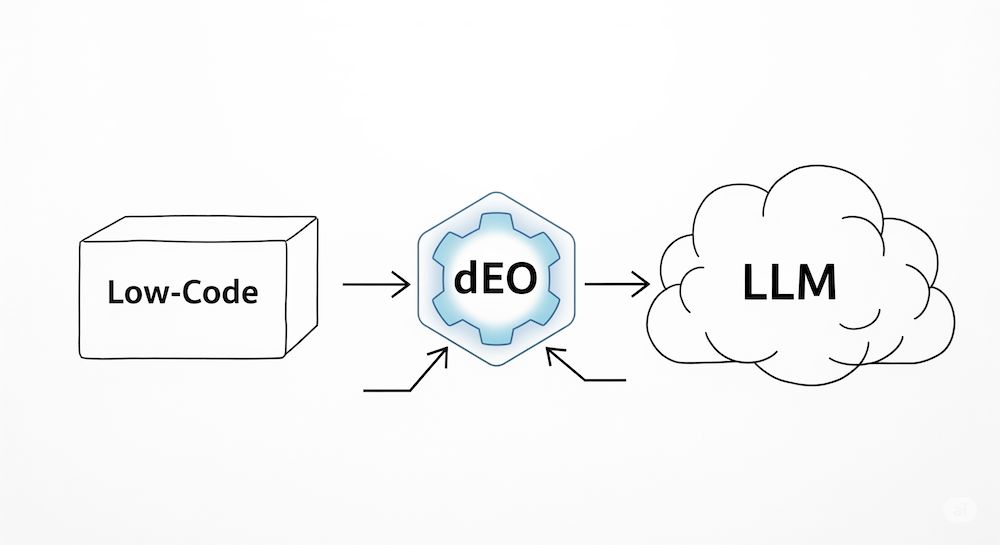
The Next Step: Unifying Logic, Structure, and Language
The Synthesis: Giving the Genie a Workshop.
14 July 2025
In this series, we've journeyed through the evolution of software creation. We've seen the trade-offs at each stage:
• 𝗧𝗿𝗮𝗱𝗶𝘁𝗶𝗼𝗻𝗮𝗹 𝗖𝗼𝗱𝗲: Powerful but slow and rigid.
• 𝗟𝗼𝘄-𝗖𝗼𝗱𝗲: Fast but limited by a "glass ceiling."
• 𝗟𝗟𝗠𝘀: Magically fast but lacking context and architectural stability
All posts

The LLM Revolution and its "Context" Problem
TThe Age of the Genie: The "Magic" and "Madness" of LLMs.
12 July 2025
We've now entered the most transformative stage in the evolution of software creation: the Age of the Genie. With Large Language Models (LLMs), we can simply state our wish in a text prompt.

Low/No-Code Promise and Its Glass Ceiling
The Age of Prefabrication: The Power and Limitations of Low/No-Code.
10 July 2025
In our journey through the evolution of software creation, we arrived at the "Age of Prefabrication” — the era of Low-Code and No-Code platforms. Their arrival was a game-changer, and their value proposition is undeniable: radical speed and accessibility.
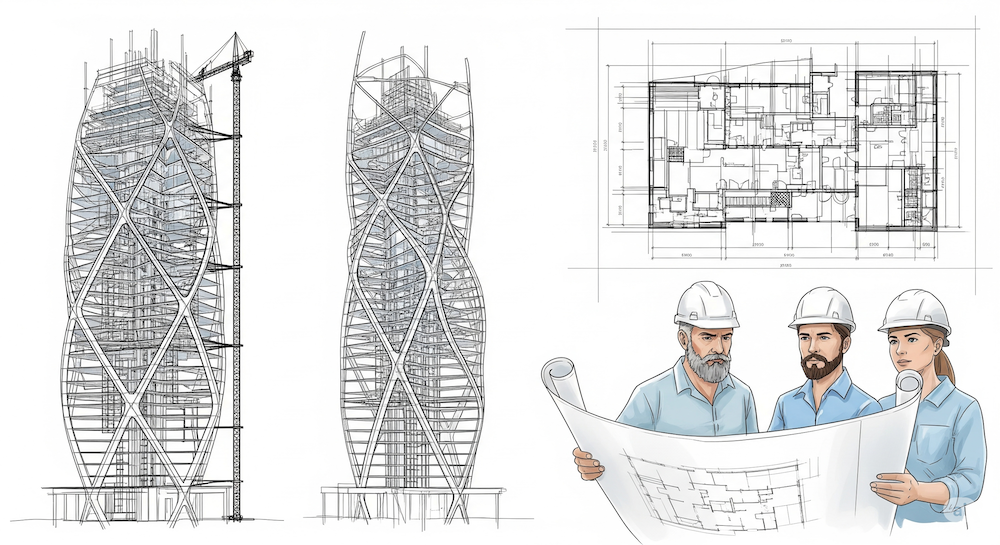
The Age of the Factory: Building the Digital World (and Its Walls)
Following the "Artisan" era of programming, we entered the "Age of the Factory”.
09 July 2025
High-level languages like Java, C++, and Python, along with powerful frameworks, became our assembly lines. This was the industrial revolution of software.
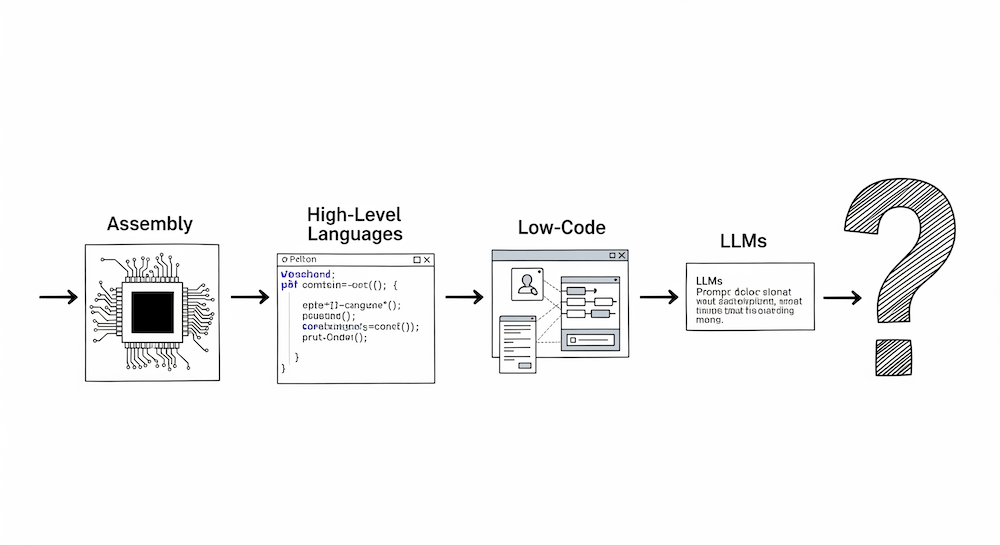
The Evolution of Creation: From Code to Prompts
The story of IT technology is a story of abstraction.
07 July 2025
From the first stone tools to the microchip, our progress has been defined by our ability to build more powerful tools that hide underlying complexity. Software development is no different.
Let's trace this evolution:
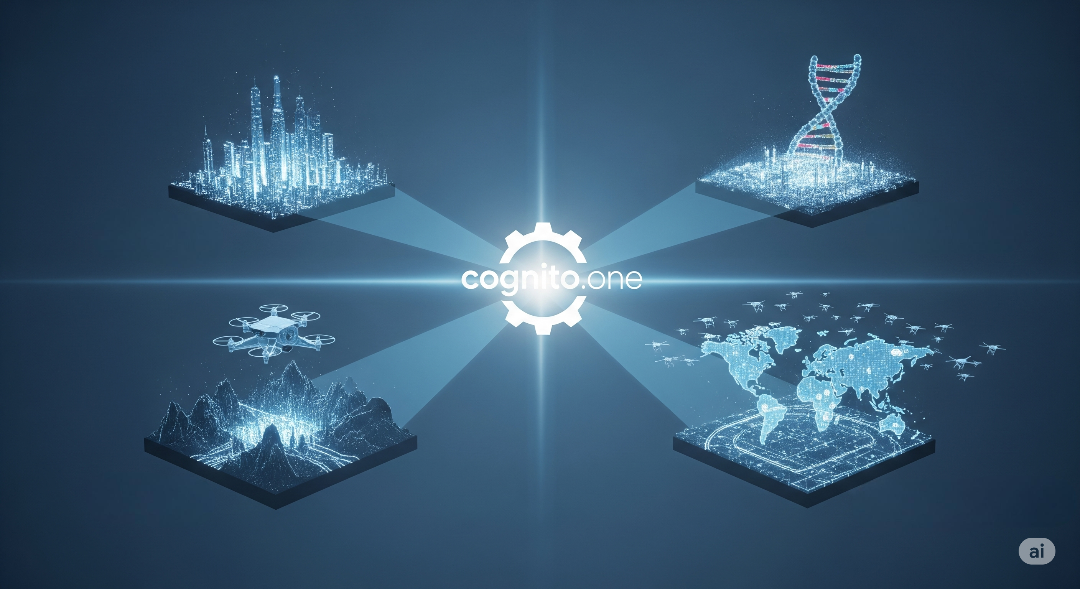
Conclusion: A New Foundation for Intelligence
The Future Isn't Programmed. It's Grown.
03 July 2025
Over the lastposts, we've journeyed from the fundamental limitations of today's software to a new paradigm for building intelligent systems. We've seen how the dEO (Dynamic Executable Ontology) approach can: ...
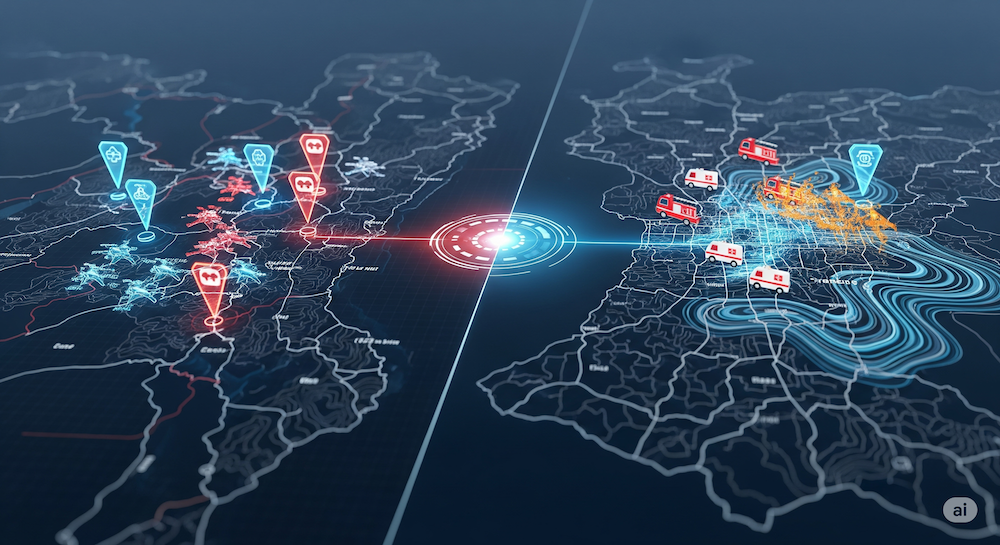
High-Stakes Adaptation:
The Dual-Use dEO
Intelligence Under Pressure: The dEO Paradigm in High-Stakes Environments
02 July 2025
So far, we've explored how the dEO paradigm can transform software development and enterprise operations. But the true test of an adaptive intelligence is how it performs under extreme pressure, in chaotic environments where conditions change in an instant.
The Collaborative Intelligence of AI Agents and Robotics
A Shared Reality: Enabling True Teamwork
01 July 2025
The world of AI is experiencing a Cambrian explosion. We have powerful, specialized agents for language (LLMs), vision, data analysis, and more. But this has created a new problem: a digital "Tower of Babel." Each agent speaks its own language and has its own narrow view of the world ...
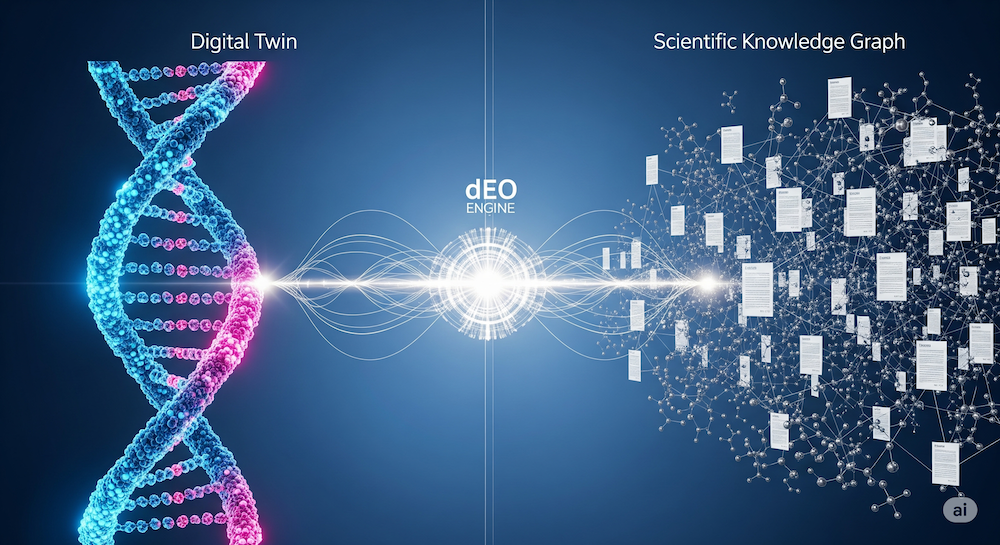
The Future of Personalized Care and Scientific Discovery
From Big Data to Living Knowledge
29 June 2025
For decades, we’ve built software like we build skyscrapers: with a detailed architectural blueprint that tries to predict every need upfront. Even "agile" methods often operate within this "blueprint fallacy," adding features to a rigid foundation, which leads to our industry's most persistent headaches:
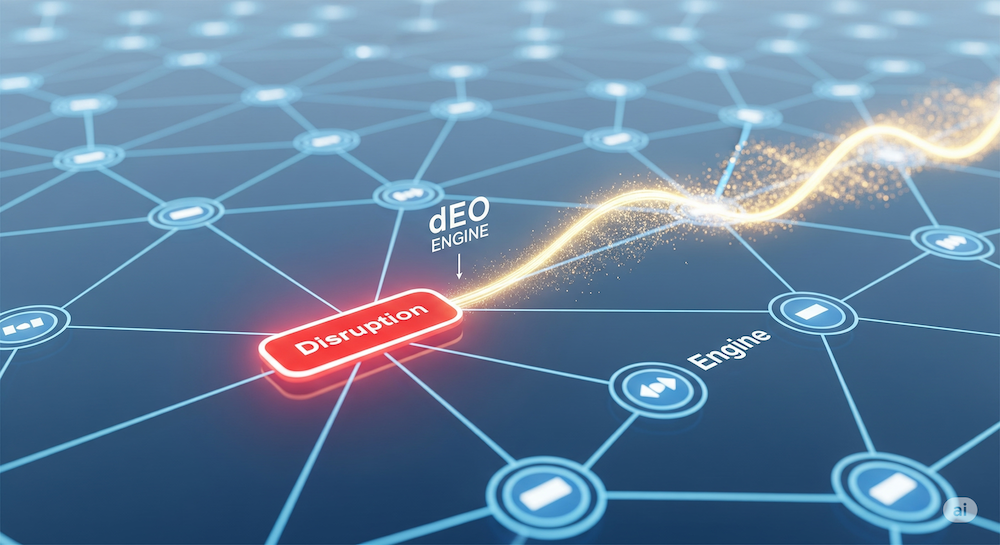
The Truly Smart Enterprise: A Business That Learns
Your business doesn't run on flowcharts. Why should its software?
28 June 2025
Every company has two versions of its processes. There's the "official" version, documented in rigid ERP systems and process diagrams. Then there's the way work actually gets done — the clever workarounds, the expert intuitions, (and Excell sheets!) and the on-the-fly adjustments ...
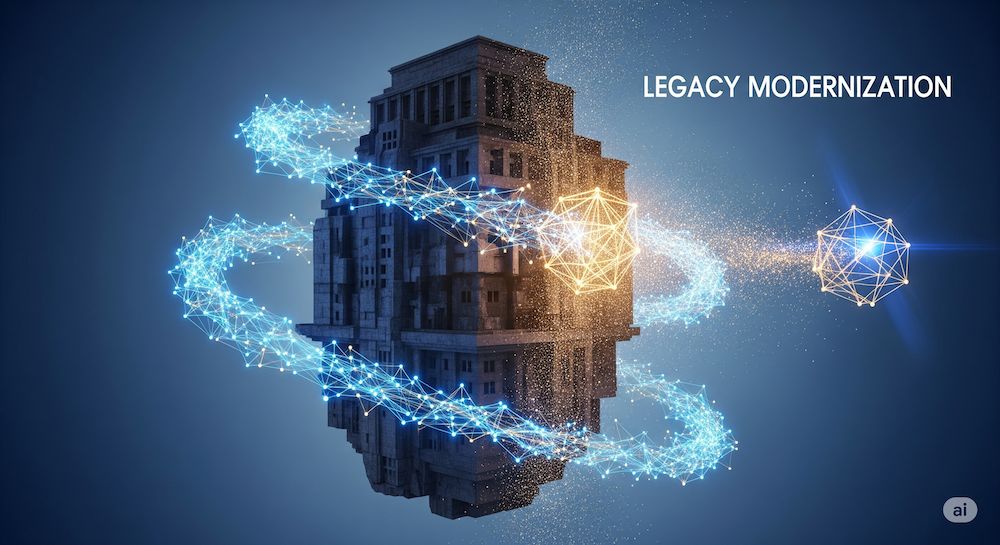
Overcoming Legacy Systems
How to Modernize a System You Can't Afford to Shut Down
26 June 2025
Every large enterprise has one: a critical, monolithic legacy system. It might run finance, logistics, or core operations. It’s brittle, impossible to update, and a black box to all but a handful of senior engineers. Yet, it’s too essential to fail.
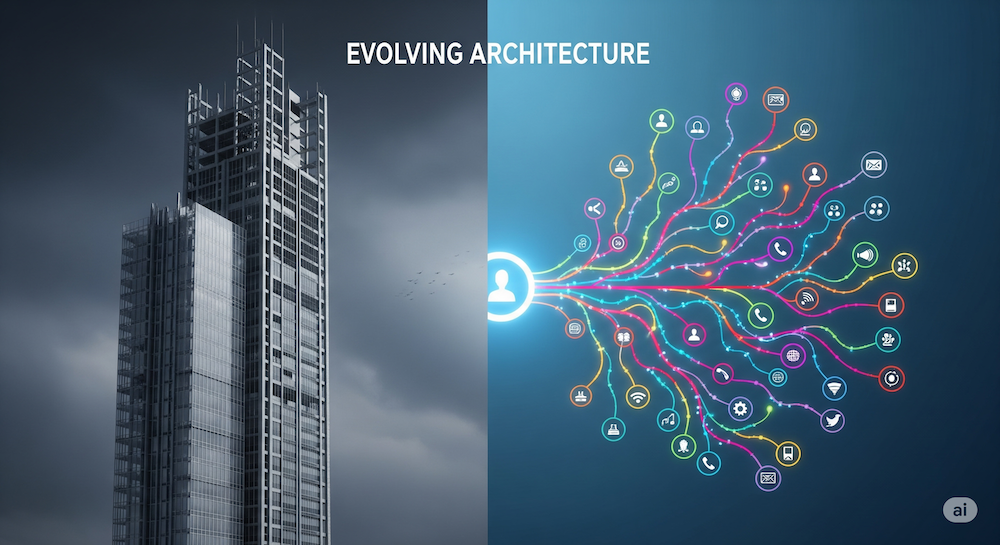
Fixing Software Development Itself - An Evolving Architecture
From Rigid Blueprints to Living Systems.
25 June 2025
For decades, we’ve built software like we build skyscrapers: with a detailed architectural blueprint that tries to predict every need upfront. Even "agile" methods often operate within this "blueprint fallacy," adding features to a rigid foundation, which leads to our industry's most persistent headaches:
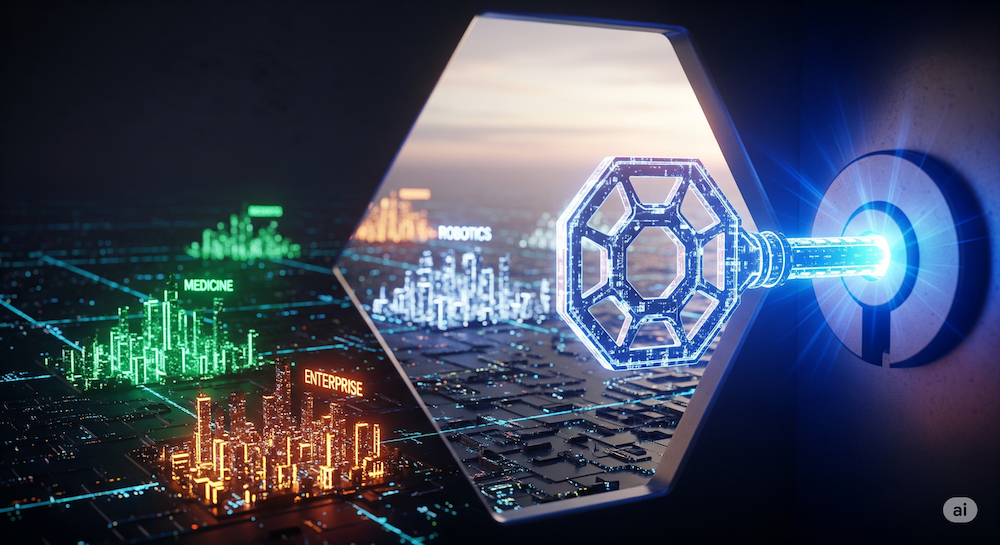
Beyond Evolving AI: What Can We Actually Build With It?
An Introduciton to the Application Landscape
24 June 2025
We explored a vision for a new kind of AI — one that evolves, learns from a handful of examples, and even creates its own hypotheses. We moved from the philosophical problem of rigid, deterministic software to the concept of a "living" system built on dEO engine.
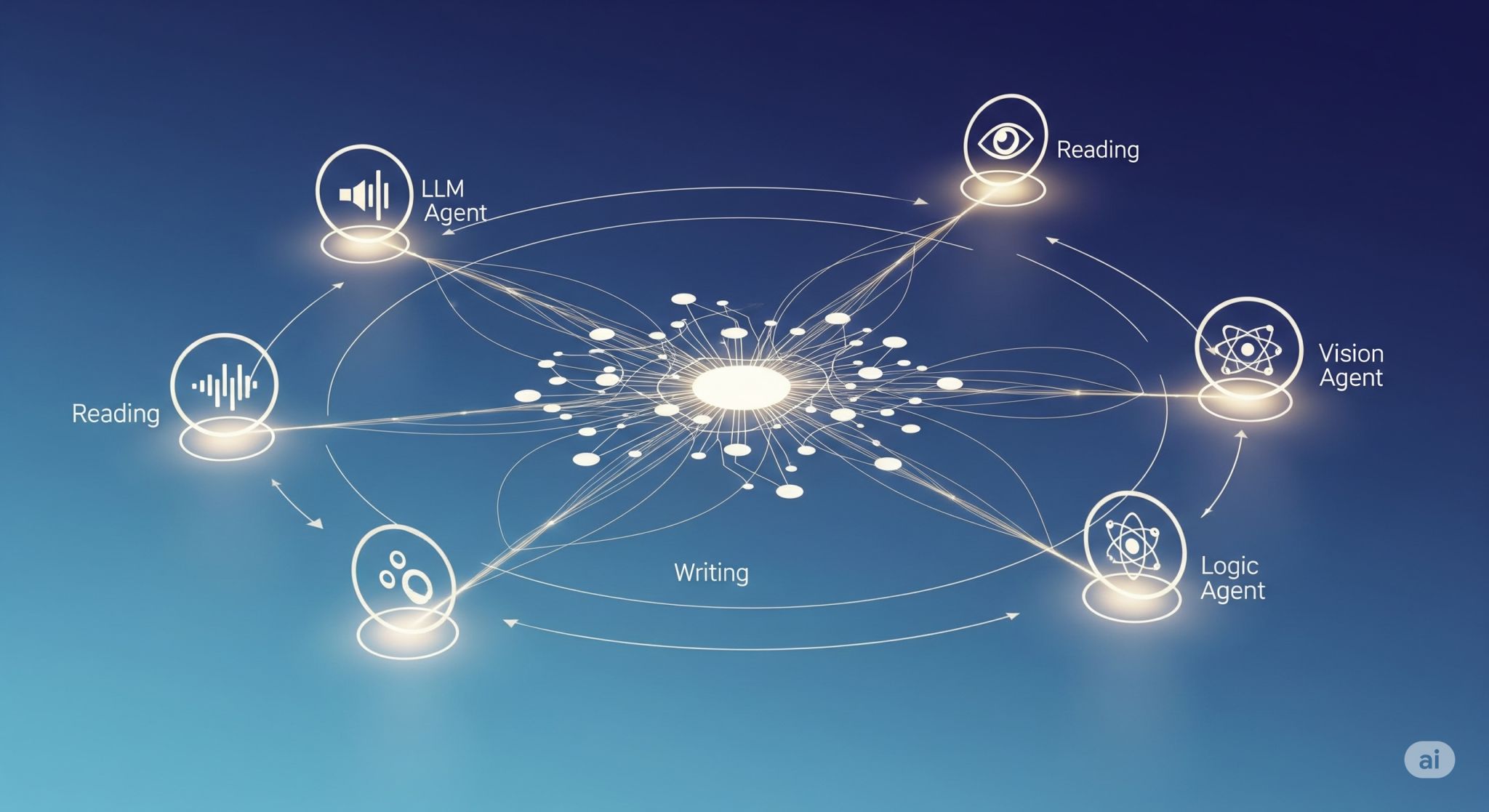
Beyond Babel: Creating a Universal Language for AI Agents
The Next Frontier for AI Isn’t Just Smarter Agents - IT’s Agents That Can Collaborate
21 June 2025
In our previous series, we explored a new paradigm for building AI that can learn, create, and evolve. Now, let's turn to one of the biggest challenges in the field today: getting different AI systems to work together.

The dEO application examples:
Intelligent Evolving Devices
Smart Toys, Adaptive Objects, and the Future of OEM.
16 June 2025
We've journeyed from theory to a functional engine. Now, let's see what happens when the dEO (ex Machina, of course) engine is embedded into the world around us. How does this "beyond code" approach transform everyday objects?
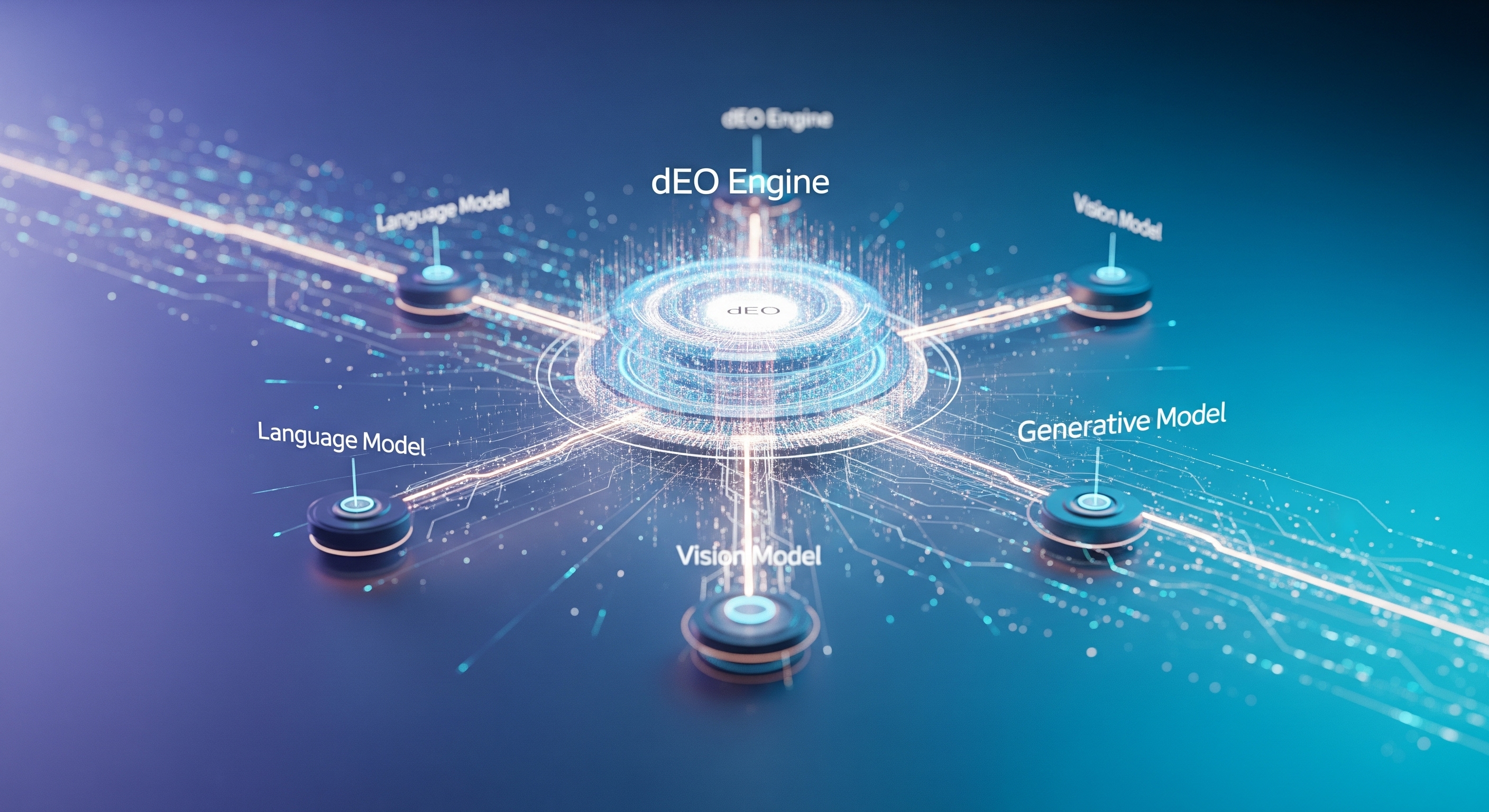
Supercharged Senses: The Role of LLMs in an Evolving AI
Where Do LLMs Fit In? Supercharging an Evolving AI.
15 June 2025
Given our vision for a new, evolving AI, it’s fair to ask: What about the incredible AI tools we already have? Where do Large Language Models (LLMs), generative models, and other machine learning systems fit into this picture?
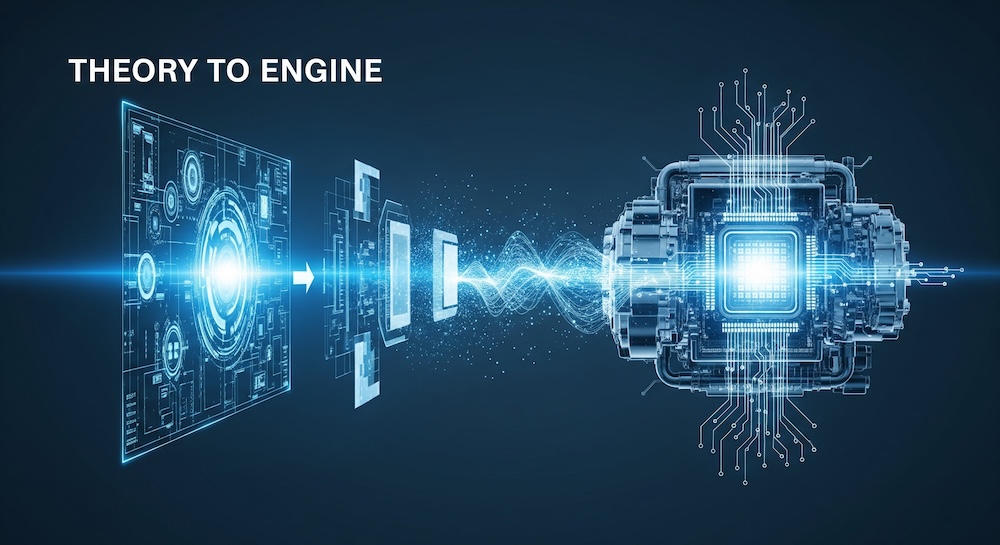
From Theory to Engine: Introducing dEO Engine
The Engine for "Beyond Code" Intelligence: Introducing dEO (ex Machina, of course)
14 June 2025
A vision for an AI that evolves like a living system is inspiring. But how do you actually build it? How do you move from philosophy to a functional product? This is the bridge from theory to reality. At cognito.one, we have engineered the core technology.

The Vision: An AI That Evolves
Beyond Programming: The Dawn of a Truly Adaptive Intelligence
13 June 2025
We'll explore what it means to create a system that is not merely programmed, but can grow and evolve on its own, adapting to new challenges in ways its creators never explicitly designed. This is the path toward a fundamentally new kind of machine intelligence.
Read post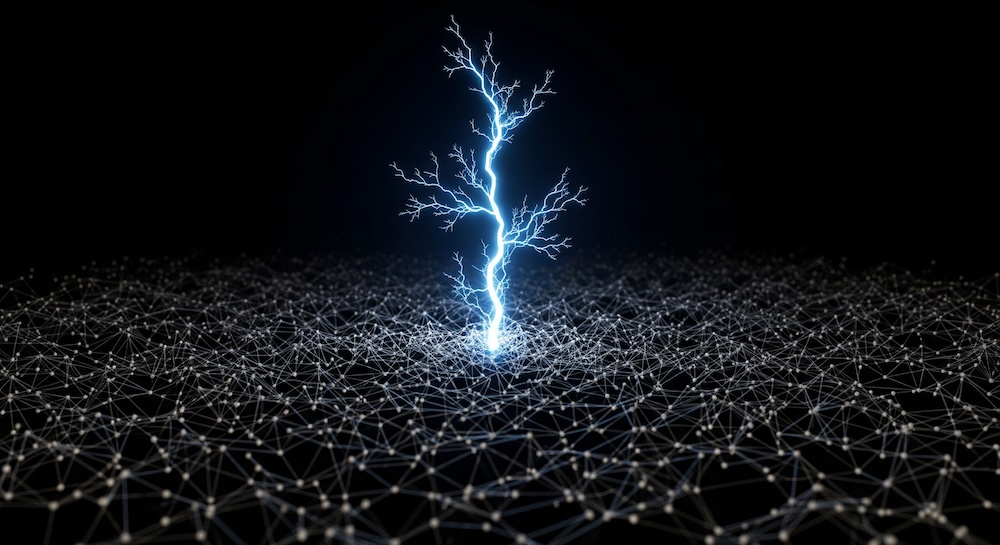
The Two Ways of Knowing: How a Machine Could Actually Create
Memorizing vs. Creating: Teaching Machines the Difference
12 June 2025
Can an AI have a true "eureka!" moment? Can it generate a genuinely new idea, not just an echo of its training data? To answer this, we need to explore two fundamentally different ways of knowing: learning from experience and creating from reason.
Read post
Beyond 1s and 0s: Building a System That Understands Reality
Seeing the World in Layers
11 June 2025
In our last post, we discussed unifying "code" and "data" into a single, living structure. But what is this structure made of? To build a truly adaptive AI, we first need a better way to represent the world. The reality our AI needs to understand isn't flat; it's made of layers.
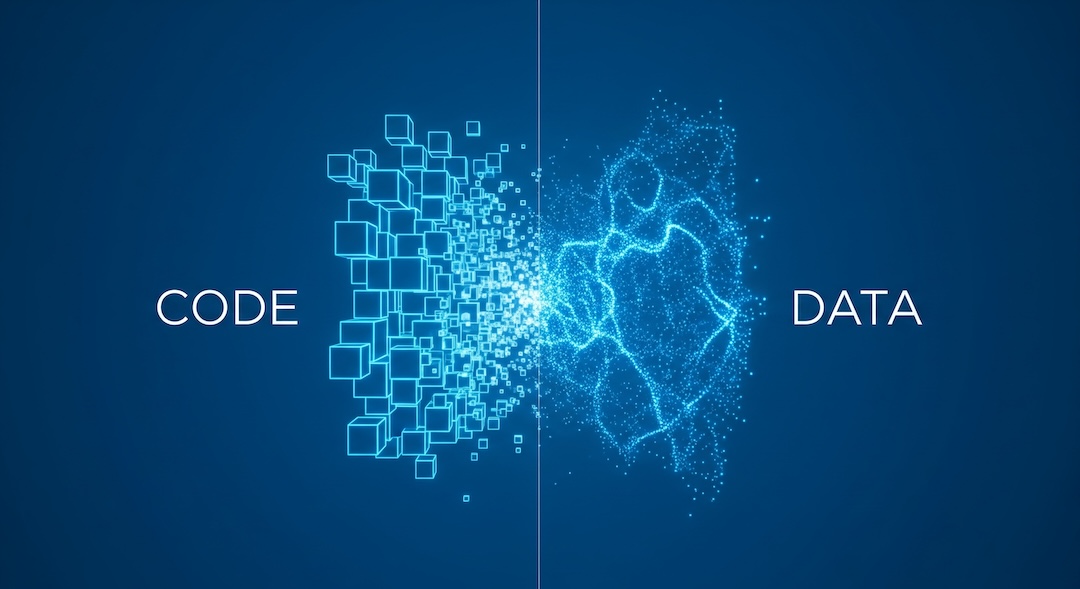
A Radical Idea: What if Code Was as Flexible as Data?
The Wall Between Code and Data is Holding AI Back. Let's Tear It Down
10 June 2025
In our last post, we explored why even the most powerful AI can feel brittle.
The reason is determinism: systems are bound by a fixed set of rules. This brings us to a foundational principle of computer science that has defined software for over 70 years: the separation of code and data.

The Issue: The AI We Have vs. The AI We Need
Why Does AI Still Feel So Brittle? The Limits of Today's Computers
09 June 2025
Have you ever felt a flash of frustration with a "smart" device? Your music service recommends the same five artists endlessly. Your smart assistant answers a slightly unusual question with a completely nonsensical reply. For all their power, why do even the most advanced AI systems sometimes feel so rigid and fragile?
Read post